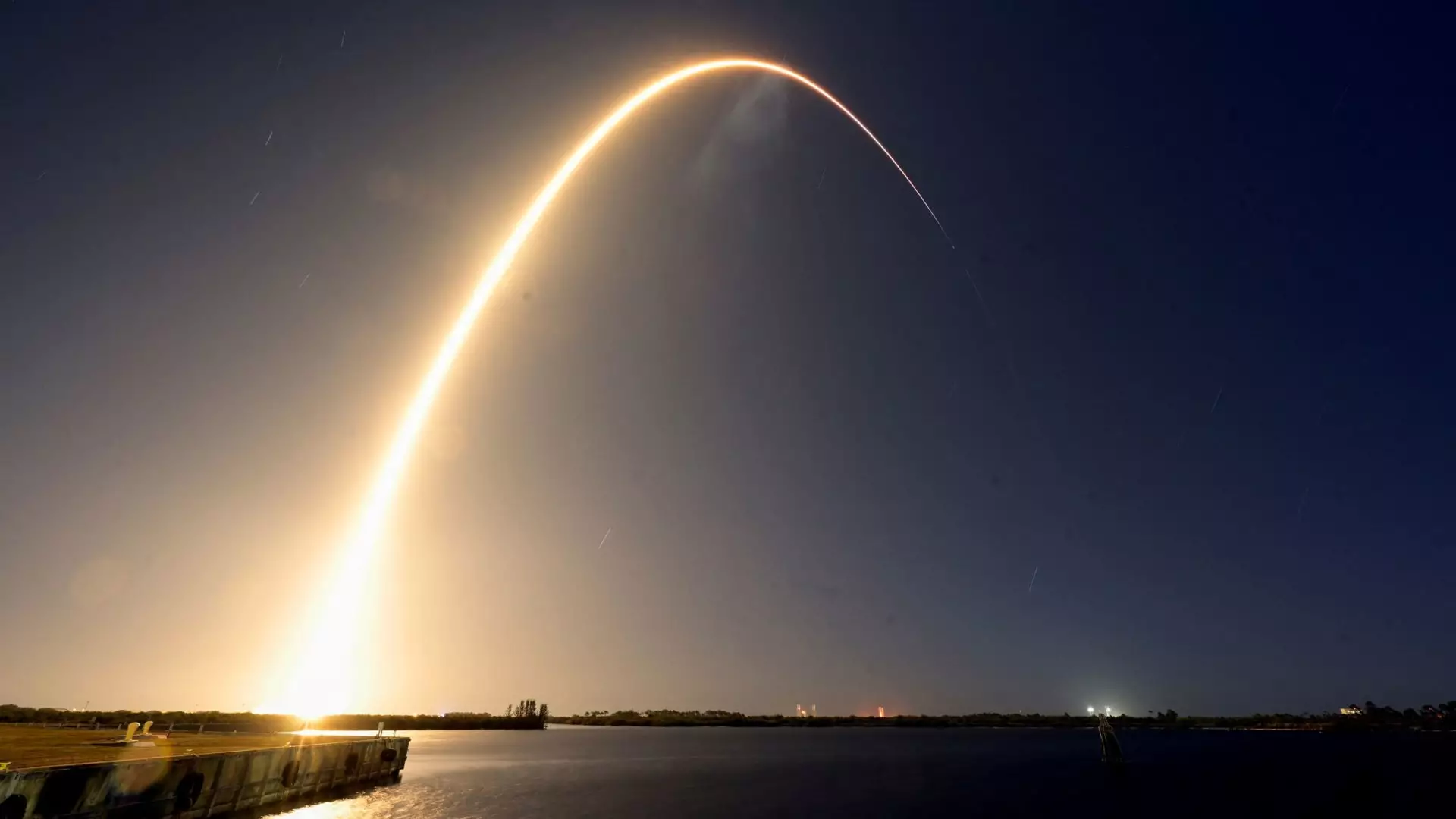The pursuit of lunar exploration has gained momentum in recent years, and one company emerging as a significant player in this arena is Firefly Aerospace. Based in Texas, Firefly has embarked on an ambitious journey with its “Blue Ghost” lunar lander, which launched aboard SpaceX’s Falcon 9 rocket from Florida. This mission marks a critical step not only for the company but also for the broader context of U.S.-led initiatives aimed at exploring and utilizing lunar resources.
Firefly’s mission is not an isolated endeavor; it is intricately linked to NASA’s Commercial Lunar Payload Services (CLPS) program. This initiative aims to facilitate regular lunar landings and deliver essential scientific payloads, thereby enabling sustainable exploration. With a $101 million contract with NASA, Firefly’s Blue Ghost is tasked with carrying ten government and commercial payloads to the Moon. The mission’s strategic importance lies in its ability to demonstrate the viability of lunar landers that can support future exploration projects and even pave the way for possible human presence on other celestial bodies.
The Blue Ghost lander itself represents a technological evolution. Standing nearly 7 feet tall, its design draws inspiration from a rare U.S. firefly species, symbolizing the unique connection between human innovation and nature. By expanding beyond its expertise in launching satellites with its Alpha rockets, Firefly has entered the growing field of lunar landers and space tugs. This diversification not only enhances its revenue streams but also positions the company at the forefront of an emerging market.
Firefly has set an ambitious roadmap for its lunar mission, identifying 17 critical milestones, five of which have already been achieved. The successful stages so far include launch and preliminary orbital tests of the spacecraft. Looking ahead, the mission is projected to culminate in a lunar landing targeting Mare Crisium on March 2. Following touchdown, Firefly plans to operate the Blue Ghost for an entire lunar day—approximately 14 Earth days—while also extending operations into the challenging lunar night. Achieving these operational goals is crucial, as they will not only validate the technology but also enhance the data collected from the lunar surface.
Firefly’s venture occurs in a competitive marketplace characterized by varying degrees of success. Companies like Astrobotic and Intuitive Machines have already attempted lunar missions, with mixed results. Astrobotic faced setbacks, while Intuitive Machines’ craft survived a landing attempt despite tipping over. In this context, Firefly’s Blue Ghost mission can be seen as a litmus test for the viability of lunar landers and will serve as a barometer for future missions. Additionally, the presence of multiple companies vying for lunar landing opportunities is indicative of a robust and evolving commercial space sector.
As the race to the Moon heats up, Firefly’s mission is merely one of many slated for the near future. NASA anticipates that as many as five U.S. companies will undertake lunar landings this year, highlighting a shift toward increased collaboration and competition in space exploration. Furthermore, international players also view lunar missions as critical, with Japanese company ispace similarly testing its capability to reach lunar surfaces after a prior unsuccessful attempt. This interconnected web of commercial, national, and international ambitions will undoubtedly shape the future of lunar exploration.
Firefly Aerospace’s Blue Ghost mission symbolizes more than just another attempt at lunar landing; it represents a burgeoning era where commercial enterprises contribute significantly to space exploration. The success of this mission could not only bolster Firefly’s reputation but also energize the private sector’s role in the grand vision of humanity’s return to the Moon and beyond. As technology advances and collaboration deepens, we stand at the brink of a new frontier, ready to unlock the mysteries and potential of our celestial neighbor.

